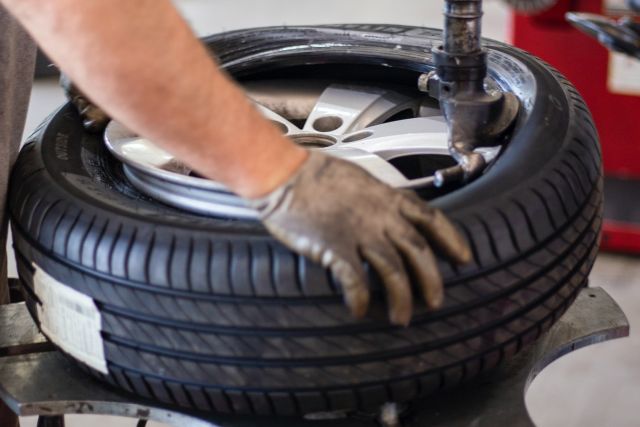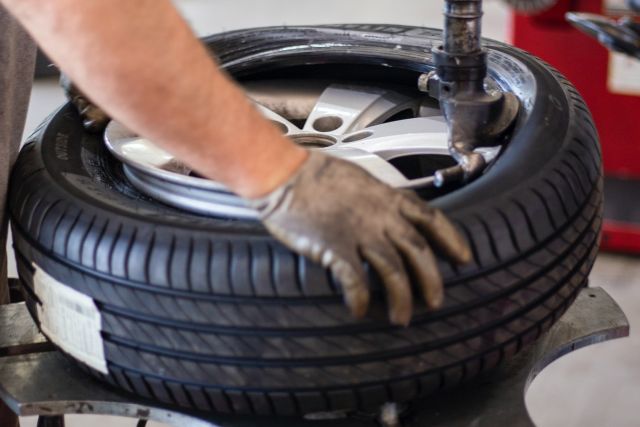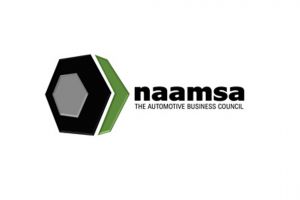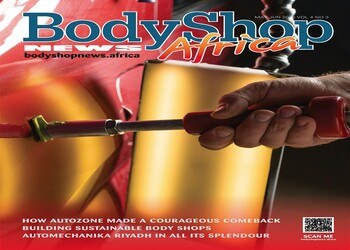
TEPA national director, Hedley Judd, said this debate essentially centres on original equipment manufacturers (OEMs) or genuine parts versus reputable aftermarket brand products.
Judd said the problem with the guidelines is that the classification is not clear, with all parts that are not deemed “original parts” grouped into one definition only. He said this effectively means all genuine aftermarket replacement parts, used parts that were OEM fitted, all pirate parts and all counterfeit parts fall into the same category.
Judd, however, maintains that this grouping creates confusion and is inaccurate.
“In practice, the OEM vehicle manufacturers commission/outsource orders to tier one, two and three [component] manufacturers to manufacture all the parts that are required in the assembly of a vehicle.
“These same tier level manufacturers are the owners of the brands that they supply to the aftermarket, through reputable distribution chains.
“Thus, it makes sense that those same products offered under reputable branding and through reputable distribution channels are of equal and matching quality to those repackaged and offered in the OEM-branded packaging,” he said.
Judd said the guidelines refer to the original parts being made by, or for, the OEMs that are interpreted as being motor vehicle manufacturers.
He said the definition of “OEM” parts needs to be extended to include the component parts manufacturers as well because they are the originators of the parts that are manufactured, branded and sold in the market, with these parts often either rebranded and sold at OEMs or rebranded as aftermarket house brands.
“It follows that component parts that carry a traceable identity from a reputable manufacturer of the parts must also be classified as original parts and can be sourced from a reputable spares dealer,” he said.
Judd added that Clause 10.9.6 in the Guidelines, which state that “OEMs may not enter into any agreements with manufacturers of spare parts, tools or equipment that will restrain the manufacturer or supplier’s ability to place its trademark or logo effectively and in an easily visible manner on the said item” acknowledges the indirect nature of the OEM brand management.
“It deters the OEM from restricting the brand validation of the manufacturers on the OEM-packaged products,” he said.
Judd stressed that consumers need to know that they can still source their genuine replacement parts from their local spares dealer without fear of compromise on quality or warranty, provided the brand is reputable and traceable.
“As long as the seller can provide traceability and integrity of the parts, the consumer is not at risk,” says Judd.









